Choosing the Right AAMI Isolation Gown
The purpose of an isolation gown is to protect medical personnel from particulate material during medical procedures. Isolation gowns help medical professionals treat patients in a variety of settings. These gowns must meet rigorous standards, and thus are leveled to help healthcare professionals choose the appropriate gown for the task they're about to perform.
Isolation gowns are typically single-use and to be disposed of after they are soiled or damaged. If you are a medical professional, it's important for you to understand those levels and choose the gown that offers appropriate protection. Here's what you need to know.
AAMI Standards
AAMI, the Association for Advancement of Medical Instrumentation, created standards that help companies that manufacture medical devices to meet global standards for safe medical devices. Their standard ANSI/AAMI PB70:2012, Liquid Barrier Performance and Classification of Protective Apparel and Drapes Intended for Use in Health Care Facilities, set identification measures for protective apparel, including medical gowns. Within the standard, AAMI identified AATCC (American Association of Textile Chem-ists and Colorists) key test requirements to help provide higher level protection.
According to AAMI, there are four levels of protection. Standardized tests created by AAMI measure resistance to water by impact, water under hydrostatic pressure, blood and blood-borne pathogens. Multiple tests are used to determine whether a gown is rated level 1, 2, 3 or 4.
- AATCC42 - During this test, a volume of water is sprayed against the taut surface of the test specimen. A blotter on the other side is allowed to absorb water that penetrates the surface. The blotter is then re-weighed to determine absorption.
- AATCC127 - During this test, the test specimen is subjected to hydrostatic pressure which is allowed to increase at a constant rate. This continues until leaks appear on three leakage points appear on the surface.
- ASTM F1671 - During this test, the test specimen is exposed to infected liquid for a length of time and at a specific pressure. Pass or fail ratings are determined by how much penetration is detected.
Level 1 AAMI
Level 1 isolation gowns are used for minimal risk situations, during basic are and may be offered to visitors as a cover gown. Testing used:
- AATCC42
Level 2 AAMI
Level 2 gowns provide low level fluid barrier protection. They are used during blood draws and suturing, in the pathology lab and in the ICU. Testing used:
- AATCC42
- AATCC127
Level 3 AAMI
Level 3 gowns provide moderate level fluid barrier protection. They are used when inserting an IV line, during arterial blood draws and in the emergency room. Testing used:
- AATCC42
- AATCC127
Level 4 AAMI
Level 4 gowns provide the highest level of fluid and viral barrier protection. They are used during long, fluid-heavy procedures and when pathogen resistance is needed. Testing used:
- ASTM F1671
Protective Gowns
"Protective gowns" are a non-level and thus are only appropriate for low-risk activities that do not require a leveled isolation gown. When an isolation gown is needed, it's important to choose a gown that is specifically labeled as such.
Isolation Gowns vs Surgical Gowns
Some isolation gowns are surgical gowns, but not all surgical gowns can be classified as isolation gowns. Isolation gowns must meet specific standards of protection. All seams must offer the same level of protection against liquids, and the fabric must be a specific type that provides adequate protection for the gown's level. Levels 1 through 3 are the most common.
Sterile vs Non-Sterile
Not all isolation gowns are deemed sterile. For procedures requiring use of sterile tools and materials, isolation gowns with the "sterile" designation must be used.
Materials
Isolation gowns come in a variety of materials for different levels of protection. When choosing an isolation gown for your facility, it's important to choose the right material. Doing research is important, because materials vary in breathability, performance and comfort.
Spunbound Polypropylene
This type of material is only appropriate for minimal fluid exposure. The non-woven fabric forms a single layer that is only appropriate for low level work.
SMS Material
SMS material is strong, breathable and multi-layer fabric. It's designed to be worn for long periods of time. Most SMS is only appropriate for low amounts of fluid, but some SMS may be appropriate for moderate fluid contact.
Laminated Isolation Gown
Laminated isolation gowns are designed in layers, including two layers of bi-component spunbound material. Laminated gowns are generally considered breathable and will allow moisture to escape while preventing the transmission of fluids, to offer supreme protection.
Polyethylene
Polyethylene is fluid-resistant and breathable. This type of material can be used in situations where high levels of exposure to fluid are anticipated, but it's important to observe the rating of the gown before making a purchase.
Disposable Vs Rewashable
Though many isolation gowns are designed to be single use, some gowns are specifically deemed re-washable. These gowns are labeled as such. At times when medical supplies may be difficult to obtain, rewashable PPE can help keep hospitals and field offices stocked with appropriate supplies. Reusable gowns are better for the environment and also have greater strength, because they are designed to withstand washing. When using disposable versus rewashable PPE, it's still important to use a gown that is appropriate for the level of protection required.
Discover Quality Isolation Gowns at MedSupply
Med Supply Inc is your source for quality isolation gowns from reliable, reputable sources. Protect your healthcare staff and patients with gowns suitable for a variety of healthcare situations. Contact MedSupply Inc to find out more about our supply of isolation gowns.


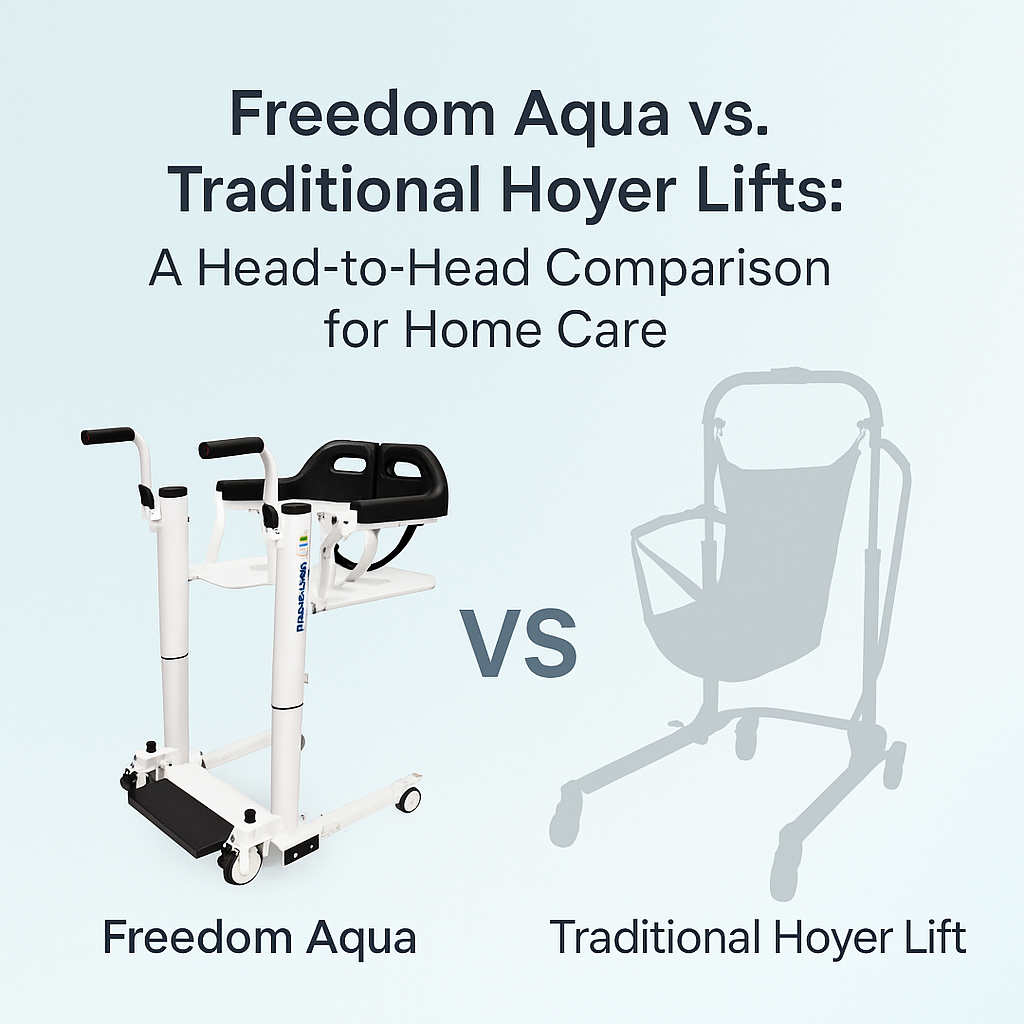
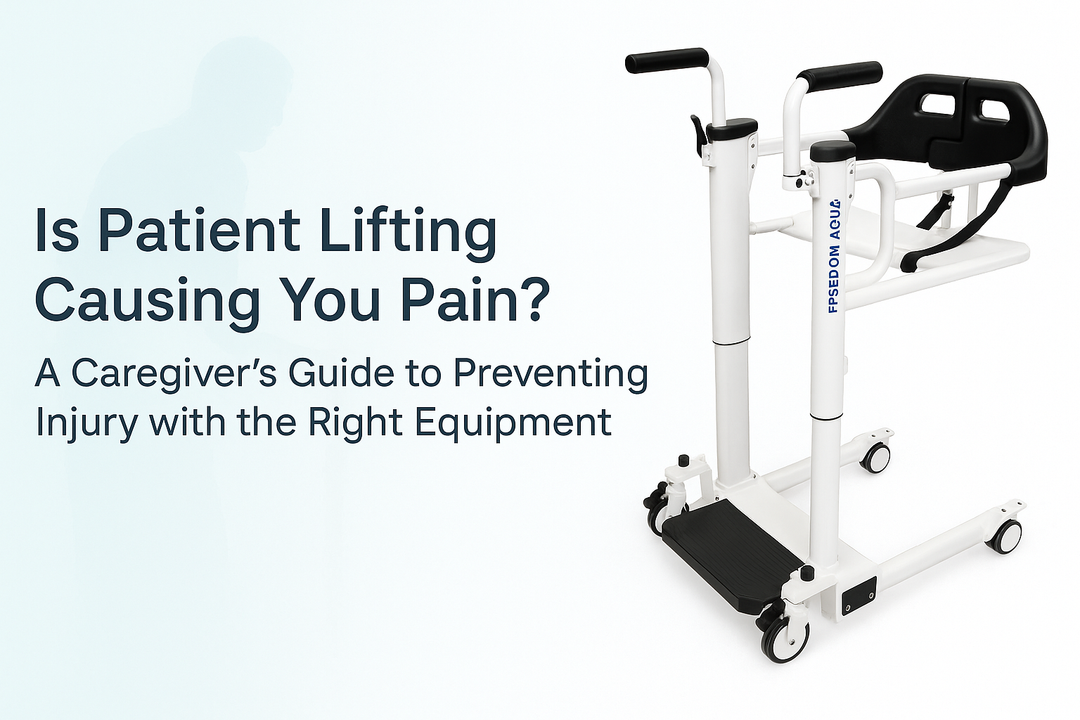
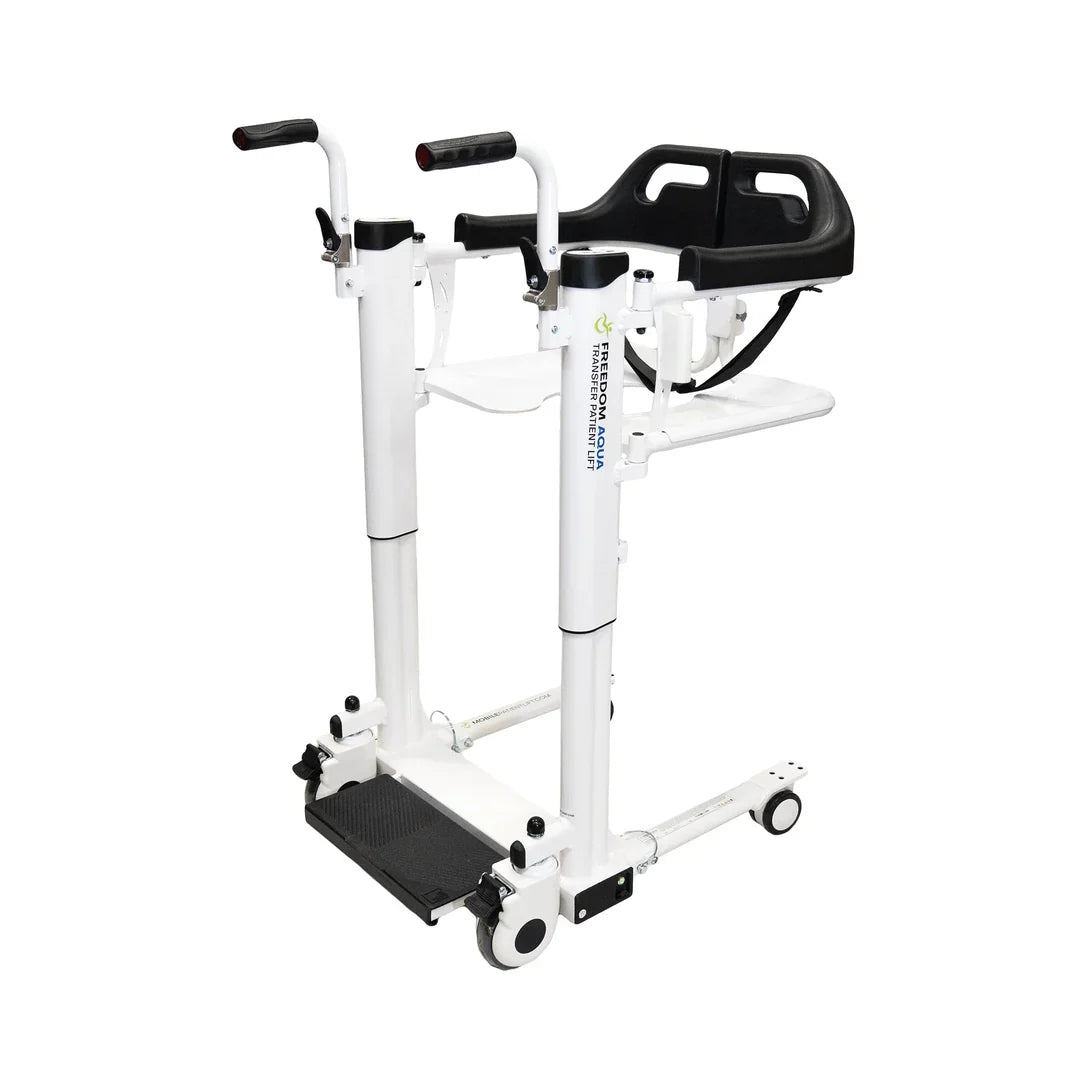
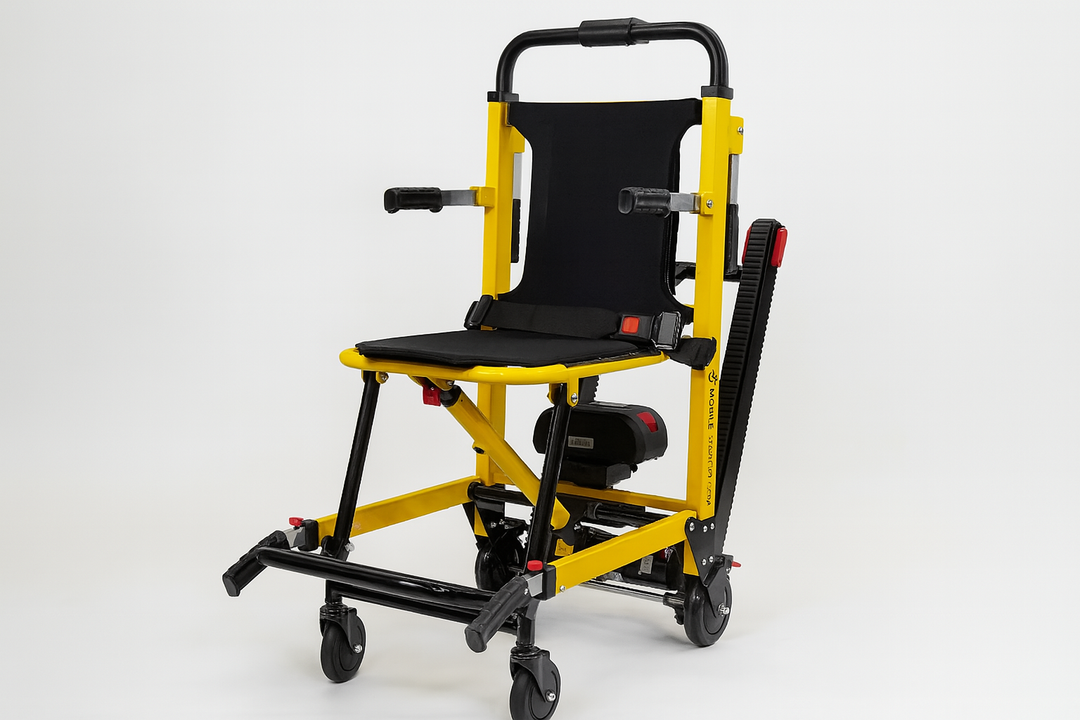
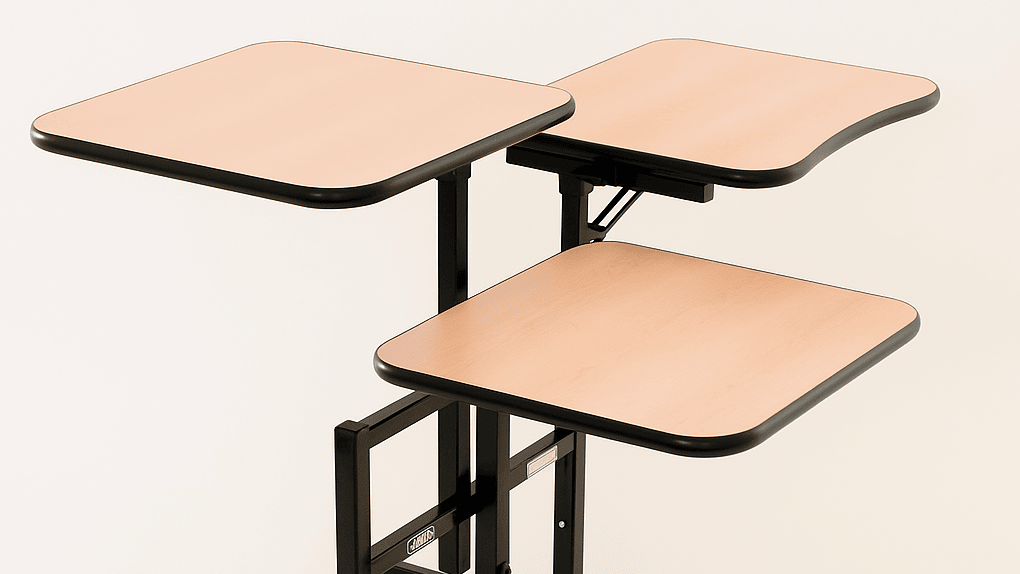
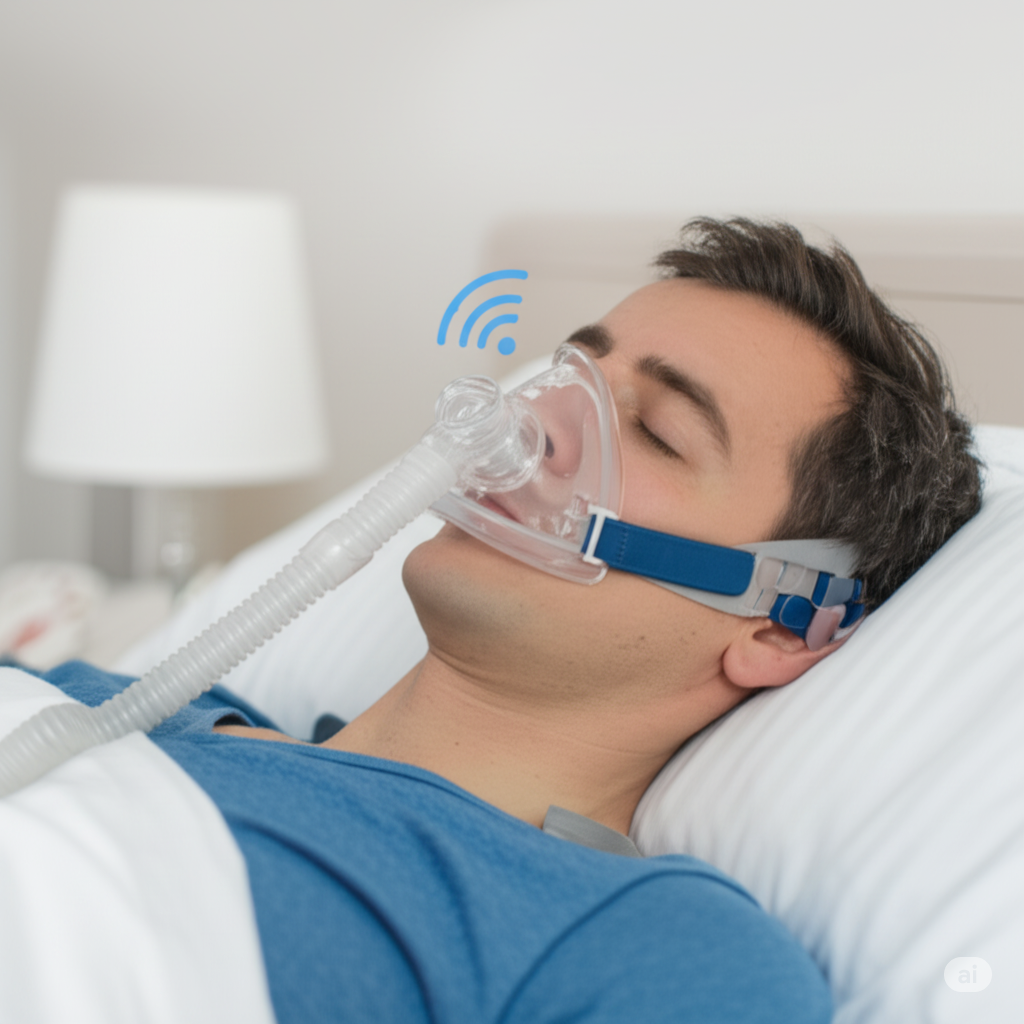
Leave a comment